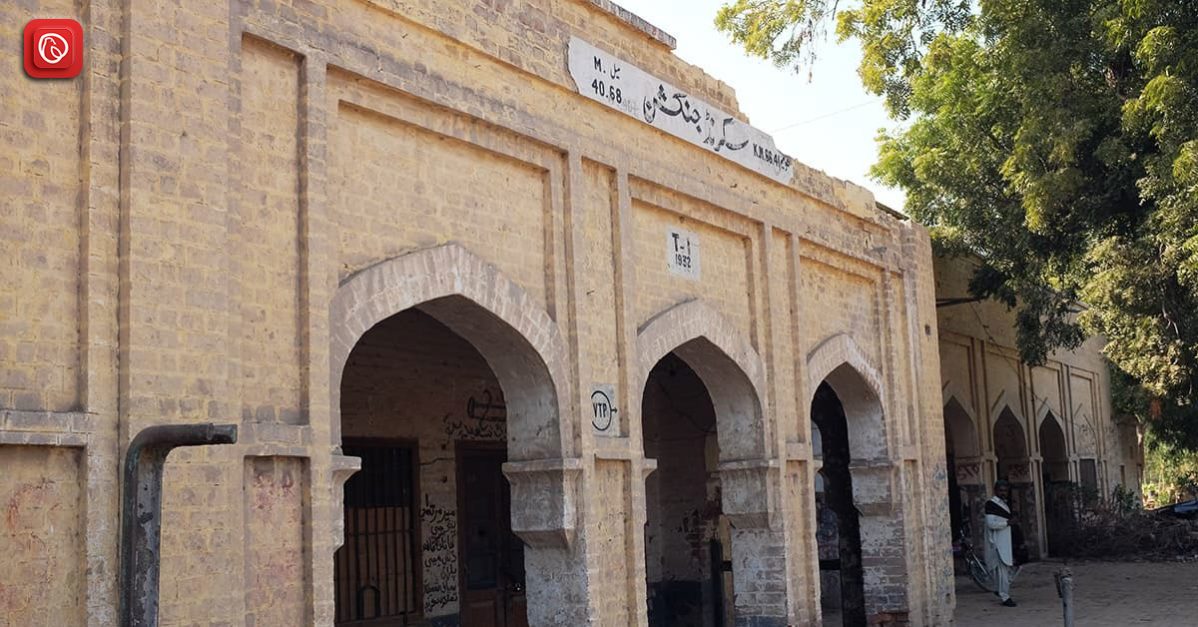Amidst the fertile plains of Sindh province in Pakistan lies the captivating city of Sakrand. Doused in history and with cultural treasures, Sakrand offers a unique peek into the region’s rich tale. This article by Graana.com delves into the essence of Sakrand, exploring its historical value. Moreover, we’ll look into its cultural heritage and contemporary offerings, making this place an intriguing destination for travellers and history buffs.
A Journey Through Time: Sakrand’s Historical Significance
Sakrand’s historical roots stretch centuries, with evidence suggesting settlements dating back to the 3rd millennium BCE. The city flourished during the Mughal era, serving as a significant administrative centre.
Sakrand Fort
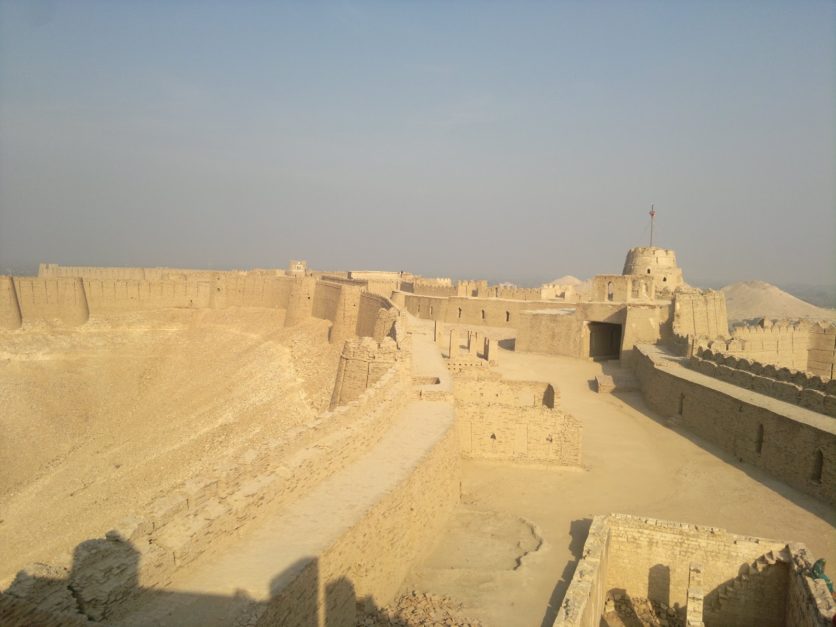
The majestic Sakrand Fort, a testament to the region’s Mughal heritage, stands tall today. Its imposing structure is a silent chronicle of bygone eras.
Rani Hammal Tomb
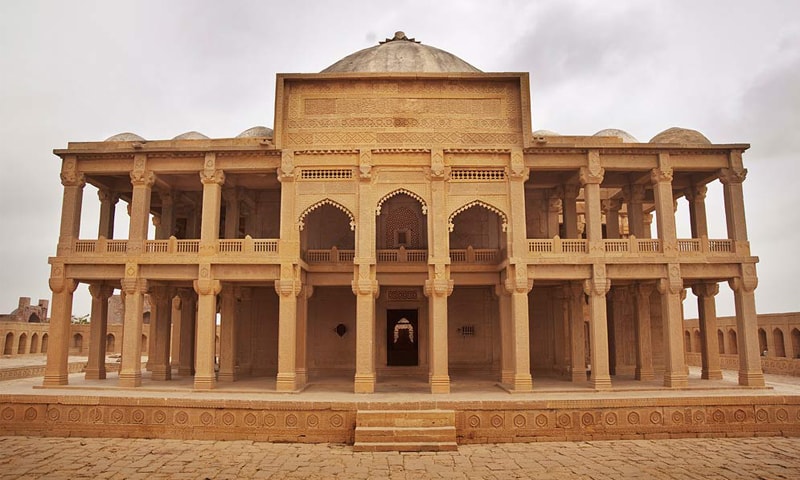
History enthusiasts will be enthralled by the tomb of Rani Hammal, an architectural marvel believed to be the final resting place of a Mughal queen. The intricate carvings and captivating design of the tomb transport visitors to a bygone era, offering a glimpse into the artistic sensibilities of the Mughal period.
National Museum of Archaeology
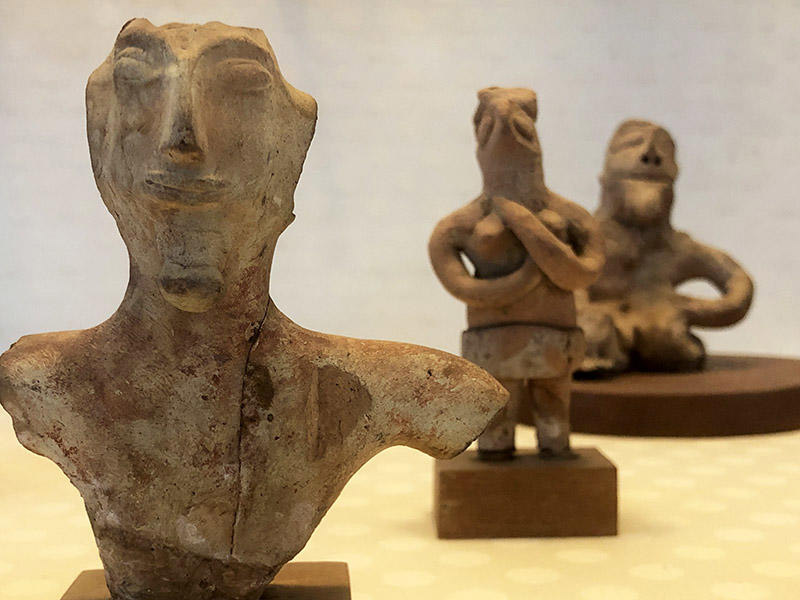
For those seeking a deeper historical immersion, the National Museum of Archaeology and Ethnology in Karachi, a mere distance from Sakrand, houses a captivating collection of artefacts unearthed from the region. These historical treasures provide valuable insights into the lives and cultures of the people who inhabited this land for centuries.
Sakrand’s Cultural Significance: A Fusion of Traditions
Sakrand’s cultural landscape is a vibrant mosaic with diverse traditions and customs. The city hosts many ethnicities, each adding its unique thread to the cultural fabric. Sindhi, the regional language, dominates, while Urdu, the national language, also finds widespread use.
Warm Hospitality and Cultural Immersion
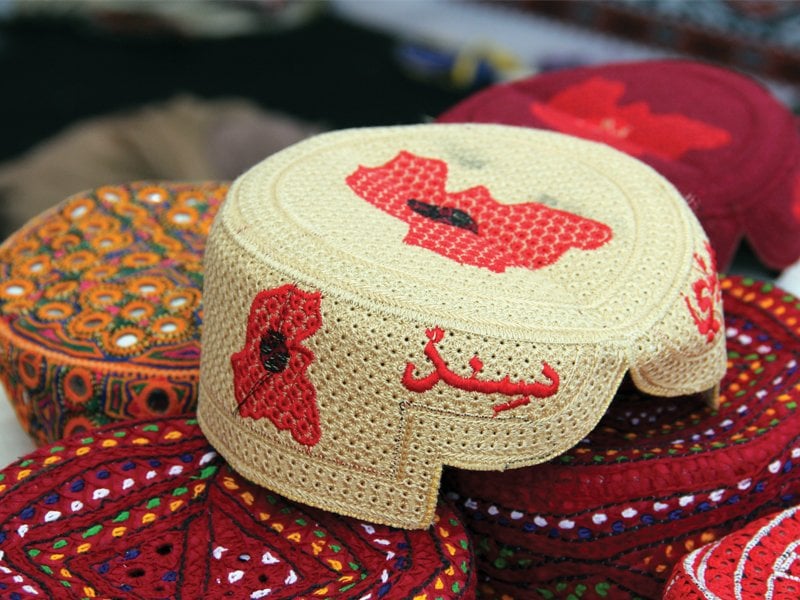
The warm hospitality of the local populace is a hallmark of Sakrand’s culture, which is derived from Sindhi culture. Visitors are welcomed with open arms and invited to experience the city’s traditions firsthand. Immerse yourself in the vibrant sounds of Sindhi music or witness the mesmerizing colours of traditional Sindhi attire.
A Culinary Adventure
Food is integral to any cultural experience, and Sakrand does not disappoint. Local cuisine features a delightful blend of spices and flavours, offering a culinary adventure for your taste buds. Savour the richness of Sindhi Biryani, a flavorful rice dish, or tantalize your palate with the tangy delight of Sev Sevbhaal.
Navigating Sakrand: Essential Information for Travelers
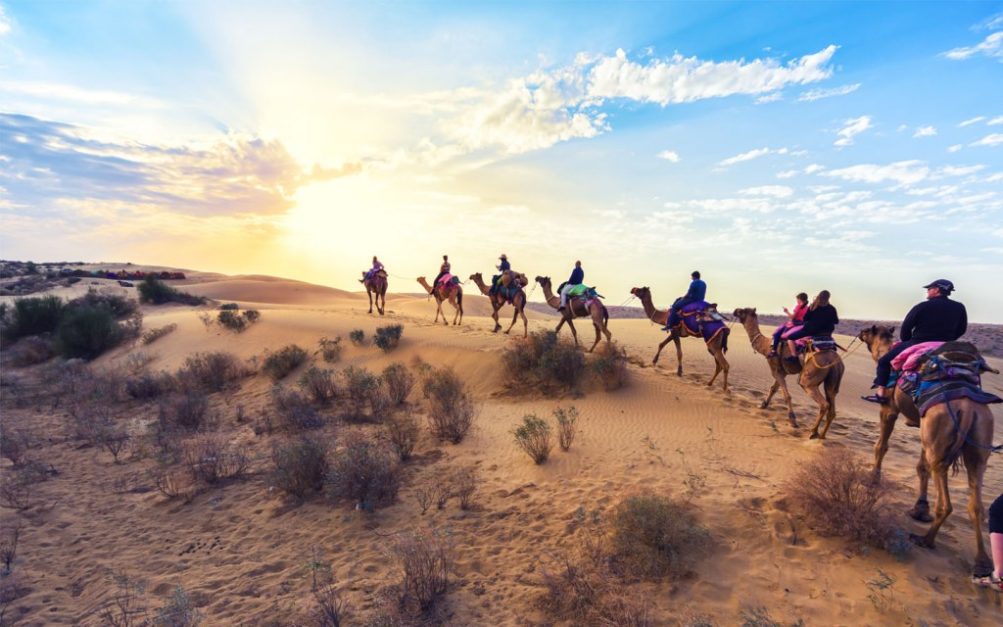
For those planning a visit to Sakrand, here’s some essential information to ensure a smooth and enriching experience.
Accessibility
Sakrand is well-connected to major cities in Sindh. The city is situated along the Sakrand Road, a vital artery linking it to other parts of the province.
Distance
Travellers seeking a road trip can easily reach Sakrand from Karachi. The distance between Sakrand and Karachi is approximately 220 kilometres (137 miles).
Postal Code
The postal code for Sakrand is 77000. Knowing the postal code can be helpful when receiving mail or packages.
Accommodation
While luxurious hotels might be scarce, Sakrand offers a range of budget-friendly guesthouses and accommodations that cater to travellers’ needs.
Best Time to Visit
The weather in Sakrand can be pretty hot and humid during the summer months (April to June). The most pleasant time to visit is winter (November to February), when the temperatures are more comfortable.
Looking Ahead: The Future of Sakrand
Sakrand’s future appears promising. The city’s rich cultural heritage and ongoing development initiatives position it for sustainable growth.
Here’s a glimpse into what the future might hold for Sakrand:
- Preserving Heritage: Efforts to preserve historical sites and cultural traditions will ensure that future generations can connect with their roots and appreciate the city’s unique identity.
- Economic Growth: As infrastructure improves and educational opportunities expand, Sakrand has the potential to attract new businesses and industries. This will create employment opportunities and contribute to the city’s economic prosperity.
- Tourism Potential: Sakrandh, with its historical significance and cultural richness, has the potential to become a significant tourist destination. Responsible tourism initiatives can promote cultural exchange and generate revenue for the local community.
Beyond the City Limits: Exploring the Environs of Sakrand
Sakrand’s charm extends beyond the city limits. A short day trip can take you to the captivating Mohenjodaro, a UNESCO World Heritage Site and one of the most well-preserved archaeological sites of the Indus Valley Civilization. Explore the remnants of this ancient city and marvel at the engineering marvels of a bygone era. Nature enthusiasts can find solace in Haleji Lake, a scenic lake near Sakrandh. Enjoy a boat ride on the tranquil waters or relax amidst the serene natural beauty.
Conclusion
Sakrand, a city steeped in history, pulsating with culture, and offering a glimpse into the traditional way of life, is an off-the-beaten-path destination waiting to be explored. Whether you’re a history buff, a culture enthusiast, or simply seeking a unique travel experience, Sakrand promises an unforgettable adventure. So, pack your bags, embark on a journey to this captivating city, and discover the hidden gem of Sakrandh.
Frequently Asked Questions
Here are some FAQs you should look into.
How old is Sakrand?
Evidence suggests settlements in Sakrand date back to the 3rd millennium BCE.
What is the most famous historical site in Sakrand?
The majestic Sakrand Fort, a Mughal-era monument, is a popular historical attraction.
Is there anything for history buffs besides the fort?
Yes! The Rani Hammal Tomb, believed to be a Mughal queen’s resting place, offers architectural marvels and a glimpse into the past.
For a deeper historical dive, where should I go?
A short distance away, the National Museum of Archaeology and Ethnology in Karachi houses artefacts from the region.
What languages are spoken in Sakrandh?
Sindhi, the regional language, dominates, while Urdu, the national language, is also widely used.
Are the people friendly in Sakrand?
Yes! Warm hospitality is a hallmark of Sakrand’s culture. Visitors are welcome to experience local traditions.
What kind of food can I expect in Sakrandh?
Sindhi cuisine is a delight! Expect flavorful rice dishes like Sindhi Biryani and tangy treats like Sev Sevbhaal.
How do I get to Sakrand?
Sakrand is well-connected by Sakrand Road to major cities in Sindh. Travelers can also reach it by road from Karachi (about 220 km away).
When is the best time to visit Sakrand?
Winter (November to February) offers the most comfortable weather, though summer (April to June) is also an option.
What are some things you should do outside Sakrand?
Explore Mohenjodaro, a UNESCO World Heritage Site and Indus Valley Civilization marvel, or Take a scenic boat ride on Haleji Lake.
For more information on cities and tourist attractions in Sindh, Pakistan, visit the Graana blog.
